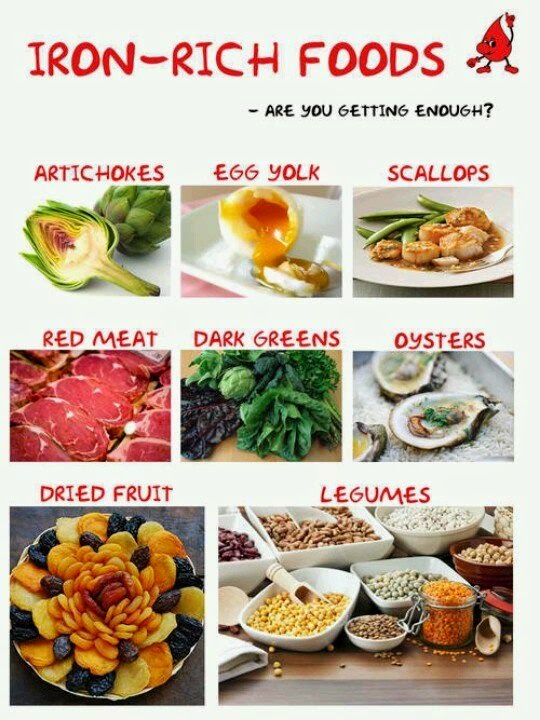Iron is an absolute requirement for most forms of life, including humans and most bacterial species, because plants and animals all use iron; hence, iron can be found in a wide variety of food sources.
 |
| What is Iron? - Nutrition Facts |
Iron is essential to life due to its unusual flexibility to serve as both an electron donor and acceptor.
Iron can also be potentially toxic. Its ability to donate and accept electrons means that if iron is free within the cell, it can catalyze the conversion of hydrogen peroxide into free radicals. Free radicals can cause damage to a wide variety of cellular structures, and ultimately kill the cell. To prevent that kind of damage, all life forms that use iron bind the iron atoms to proteins. That allows the cells to use the benefits of iron, but also limit its ability to do harm.
The most important group of iron-binding proteins contain the heme molecules, all of which contain iron at their centers. Humans and most bacteria use variants of to carry out redox reactions and electron transport processes. These reactions and processes are required for oxidative phosphorylation. That process is the principal source of energy for human cells; without it, most types of cells would die.
The iron-sulfur proteins are another important group of iron-containing proteins. Some of these proteins are also essential parts of oxidative phosphorylation.
Humans also use iron in the hemoglobin of red blood cells, in order to transport oxygen from the lungs to the tissues and to transport carbon dioxide back to the lungs. Iron is also an essential component of myoglobin to store and diffuse oxygen in muscle cells.
The human body needs iron for oxygen transport. That oxygen is required for the production and survival of all cells in our bodies. Human bodies tightly regulate iron absorption and recycling. Iron is such an essential element of human life, in fact, that humans have no physiologic regulatory mechanism for excreting iron. Most humans prevent iron overload solely by regulating iron absorption. Those who cannot regulate absorption well enough get disorders of iron overload. In these diseases, the toxicity of iron starts overwhelming the body's ability to bind and store it
Health and diet
Iron is pervasive, but particularly rich sources of dietary iron include red meat, lentils, beans, poultry, fish, leaf vegetables, watercress, tofu, chickpeas, black-eyed peas, blackstrap molasses, fortified bread, and fortified breakfast cereals. Iron in low amounts is found in molasses, teff and farina. Iron in meat (heme iron) is more easily absorbed than iron in vegetables. Although some studies suggest that heme/hemoglobin from red meat has effects which may increase the likelihood of colorectal cancer, there is still some controversy, and even a few studies suggesting that there is not enough evidence to support such claims.
Iron provided by dietary supplements is often found as iron(II) fumarate, although iron sulfate is cheaper and is absorbed equally well. Elemental iron, or reduced iron, despite being absorbed at only one third to two thirds the efficiency (relative to iron sulfate), is often added to foods such as breakfast cereals or enriched wheat flour. Iron is most available to the body when chelated to amino acids and is also available for use as a common iron supplement. Often the amino acid chosen for this purpose is the cheapest and most common amino acid, glycine, leading to "iron glycinate" supplements. The Recommended Dietary Allowance (RDA) for iron varies considerably based on age, gender, and source of dietary iron (heme-based iron has higher bioavailability). Infants may require iron supplements if they are bottle-fed cow's milk. Blood donors and pregnant women are at special risk of low iron levels and are often advised to supplement their iron intake.
ليست هناك تعليقات:
إرسال تعليق